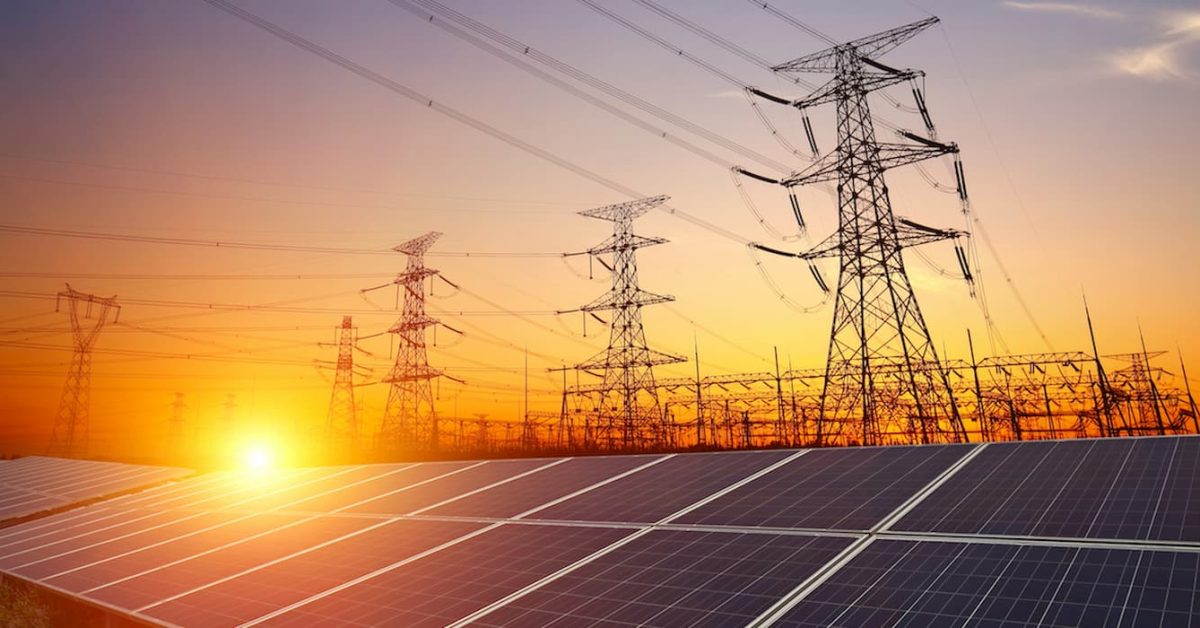After decades of stable electricity demand in the US, a new report from ICF (Nasdaq: ICFI) predicts a significant surge starting this decade.
US electricity demand to surge
The global consulting and tech services provider’s new report, “The Impact of Rapid Demand Growth,” measures and maps electricity demand growth over the next four years, as well as the potential costs to utilities. The researchers leveraged ICF’s proprietary, cloud-based clean energy analytics platform EnergyInsite.
The report shows that US electricity demand could increase by an average of 9% by 2028, while peak demand for electricity could increase by an average of 5% over the same period.
A strong US economy, the shift to electric vehicles and buildings, and the rise of battery and fuel cell manufacturing, data centers, AI, and cryptocurrency mining are all pushing electricity demand to new highs, putting added pressure on the grid.
Electricity demand is set to rise across every region of the US, but some areas will see faster growth than others. The mid-Atlantic region is expected to lead the way, driven by a rapid shift to electric buildings and vehicles, as well as surging data center demand. By 2050, demand in this region could jump by 68%, well above the national average of 57%.
ICF’s report asserts that renewables such as wind and solar could meet the expected demand growth, but challenges include upgrading the grid, speeding up the permitting and approvals process, and finding ideal locations for new clean energy infrastructure.
These challenges, along with rising electricity demand, could slow down the shift to clean, reliable, and affordable power. The report reveals that many utilities could see their electricity costs jump by an average of 19% by 2028, and they’ll likely pass on much of that increase to customers.
How to stay ahead of the demand surge
ICF’s report lays out six key recommendations to help utilities tackle these challenges and stay ahead of the demand surge. This includes setting up advanced system planning processes, pinpointing the best spots for renewable energy projects, and upgrading distribution grids.
The report also highlights how utilities can roll out cutting-edge customer programs that use AI to automatically manage and optimize grid-edge technologies, such as rooftop solar, EV chargers, battery storage, and virtual power plants.
Anne Choate, ICF executive vice president for energy, environment and infrastructure, said:
As the US navigates the surge in electricity demand, utilities have become even more critical in their role of managing demand and ensuring customers have reliable, affordable power.
To succeed, they will need to leverage new technologies and collaborate to integrate a balanced mix of new electricity supply and advanced customer programs.
Electrek’s Take
ICF’s report highlights some really important points. Of course rapid electrification is going to put added demand on the grid. Utilities are going to have to get creative and act quickly to come up with solid strategies to meet that need because the US needs a functional grid.
My utility in Vermont, Green Mountain Power, was the first utility in the US to deploy Tesla Powerwalls to create a virtual power plant. I pay $55 a month to lease two Powerwalls to go with the rooftop solar that we bought from Sunrun. When the power goes out, the Powerwalls come on. When the grid needs some juice, my Powerwalls provide it. I love this program because everyone wins. We get affordable access to Powerwalls for the privilege of backup power. And my Powerwalls help balance the grid during peak demand with clean energy, and that benefits everyone.
It’s just one program, but it’s a great example of the kind of advanced customer program that the ICF recommends should be rolled out across the US. Green Mountain Power shows that it’s possible – in fact, it wants to install battery storage for all 270,000 of its customers by 2030.
Read more: This US utility wants to give all of its customers battery storage by 2030
If you live in an area that has frequent natural disaster events, and are interested in making your home more resilient to power outages, consider going solar and adding a battery storage system. To make sure you find a trusted, reliable solar installer near you that offers competitive pricing, check out EnergySage, a free service that makes it easy for you to go solar. They have hundreds of pre-vetted solar installers competing for your business, ensuring you get high quality solutions and save 20-30% compared to going it alone. Plus, it’s free to use and you won’t get sales calls until you select an installer and share your phone number with them.
Your personalized solar quotes are easy to compare online and you’ll get access to unbiased Energy Advisers to help you every step of the way. Get started here. –trusted affiliate link*
Read the full article here




